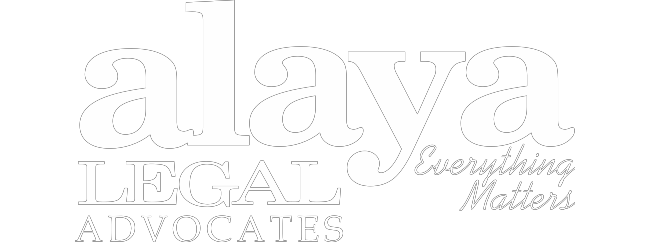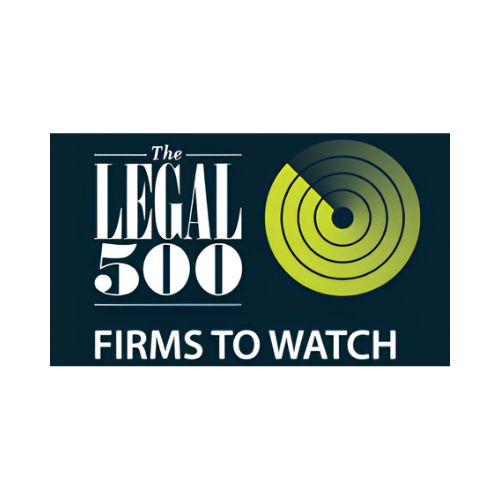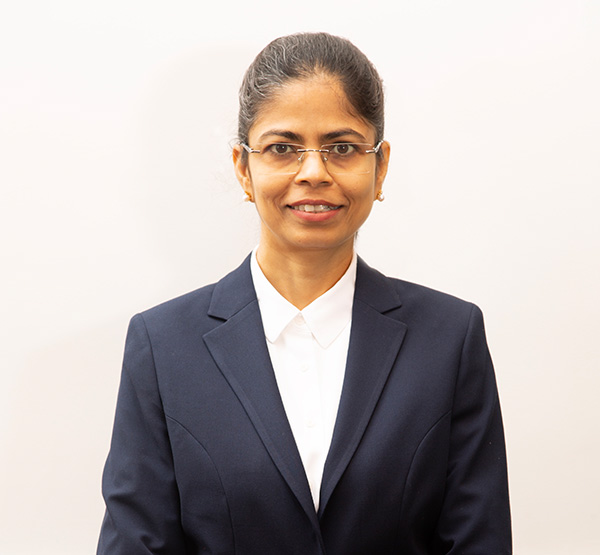| Reference Date | Version | December 15, 2023 | 1.0 |
| Keywords | Aeronautical service, Tariff, Statutory Interpretation, Competition Assessment, Into Plane Services |
| Legislation(s) | 1. Airports Economic Regulatory Authority of India Act, 2008. 2. Airports Economic Regulatory Authority of India (Terms and Conditions for Determination of Tariff for Services Provided for Cargo Facility, Ground Handling and Supply of Fuel to the Aircraft) Guidelines, 2011. 3. The Companies Act, 2013. |
| Jurisdiction | India |
Introduction
The application of rules of interpretation of statutes continues to evolve, arguably in keeping with the objective of the statute as perceived by the regulator.
This article examines the rules of interpretation applied by the Airport Economic Regulatory Authority (‘AERA’) in interpreting the Airports Economic Regulatory Authority of India Act, 2008 (‘AERA Act’) and related rules and regulations.
The intent is to appreciate the thought process of the regulator, i.e. AERA, concerning the subject matter.
Selected Instances:
Tie-in of non-aeronautical service with aeronautical service
Vide publication dated November 7, 2023, AERA published a notice on the issue of charges being imposed/levied by Airport Operators for availing of non-aeronautical services, which are otherwise an optional service for charter/aircraft operators, as a prerequisite for the provision of aeronautical service. The notice states that:
“Making such non-aeronautical charges mandatory for availing Aeronautical services tantamounts to altering the aeronautical charges, thus violating the provisions of AERA Act, 2008.
…
It is hereby clarified that section 2(a) of the AERA Act, 2008 explicitly defines ‘aeronautical services’ and does not entail ‘availing any non-aeronautical service (viz. Elite Meet and Greet Service) as a mandatory prerequisite for providing aeronautical services (viz., operating the aircraft/charter at the airport)’.”[i]
The notice declared that such tie-in of non-aeronautical service with aeronautical service violates the AERA Act and would attract punitive actions under Sections 38 and 40 of the AERA Act, 2008.
Under the AERA Act, 2008,
(a) “aeronautical service” means any service provided—
(i) for navigation, surveillance and supportive communication thereto for air traffic management;
(ii) for the landing, housing or parking of an aircraft or any other ground facility offered in connection with aircraft operations at an airport;
(iii) for ground safety services at an airport;
(iv) for ground handling services relating to aircraft, passengers and cargo at an airport;
(v) for the cargo facility at an airport;
(vi) for supplying fuel to the aircraft at an airport; and
(vii) for a stakeholder at an airport, for which the charges, in the opinion of the Central Government for the reasons to be recorded in writing, may be determined by the Authority;[ii]
It is correct that the AERA Act determines tariffs for only aeronautical services. Therefore, mandatory clubbing of a non-aeronautical service (i.e., services other than aeronautical services) would mean that AERA must also determine tariffs for such non-aeronautical service – which should not be the case. However, it needs to be clarified how the tie-in of a non-aeronautical service with an aeronautical service violates the AERA Act.
The rule of interpretation applied by AERA to conclude that “making non-aeronautical charges mandatory for availing Aeronautical services tantamounts to altering the aeronautical charges, thus violating the provisions of AERA Act, 2008”[iii] is not clear. However, the objective intended to be achieved by AERA is loud and clear.
Competition Assessment for Into Plane Services
IndianOil Skytanking Delhi Private Limited commenced its operations as an Into Plane (‘ITP’) Service Provider at the Delhi International Airport Limited (‘DIAL’).
In determining the approach to the regulation of Into Plane Services, a three-stage procedure is followed by the AERA under the Airports Economic Regulatory Authority of India (Terms and Conditions for Determination of Tariff for Services Provided for Cargo Facility, Ground Handling and Supply of Fuel to the Aircraft) Guidelines, 2011 (‘AERA Guidelines’) which involves:
Stage 1: assessment of ‘materiality’.
Stage 2: assessment of ‘competition’.
Stage 3: assessment of reasonableness of existing User Agreement(s).
The above tests are used to determine whether a price cap approach or a light touch approach should be employed for determining tariff.
With respect to Competition Assessment, Rule 5 of the AERA Guidelines states:
“Where a Regulated Service is being provided at a major airport by two or more Service Provider(s), it shall be deemed ‘competitive’ at that airport. If a Regulated Service is provided by less than two Service Provider(s), it shall be deemed ‘not competitive’:
Provided that the Authority may in its discretion consider such other additional evidence regarding reasonableness of competition, as it may deem fit.
Explanation: For avoidance of any doubt, the determination of number of Service Providers) at a major airport shall include the Airport Operator, if the Airport Operator is also providing Regulated Service(s) at that major airport.”[iv]
For the first two control periods at DIAL, in determining the approach for regulating ITP Services, the AERA Orders held the Into Plane Services to be ‘Material but Competitive’. Accordingly, a light touch approach was adopted for the first two Control Periods. However, for the third control period, the Into Plane Services were considered to be not competitive and a price cap approach was adopted. In this regard, the AERA stated that,
“…the Authority also observes that some of the stakeholders have stated that there are two ITP service providers at lOlA , Delhi, therefore, ITP services at Delhi Airport should be deemed as ‘Competitive’. However, none of the stakeholders has commented as to how there is competition in true sense at Delhi Airport, as both the ITP service providers are catering to their own promoter company’s clients.
…
The Authority therefore is of the considered view that since there is no competition in real terms and, hence decided the tariff for the Third Control Period to be determined under Price Cap Approach.”[v]
The rationale applied by AERA in determining that competition was not real is not understood as related party transactions are governed separately under the Companies Act, 2013. Arguably, the transactions between the oil suppliers and their related party (the ITP service providers) are questioned as not being on an arm’s length basis.
The proviso to Rule 5 of the AERA Guidelines confers discretion upon AERA to consider additional evidence to assess the reasonableness of competition. In this case, AERA considered the statistics concerning clients being serviced by two ITP service providers by way of additional evidence to determine that the competition was not real. In other words, AERA refused to recognize any competition among the two ITP service providers; therefore, the question of whether or not the competition was reasonable did not arise.
Determination of Fair Rate of Return
The procedure for determining Regulatory Building Blocks has been detailed under Rule 9 of the AERA Guidelines. Under this clause, determining a Fair Rate of Return involves using the weighted average cost of capital for a service provider. To determine the weighted average cost of capital, the Cost of Equity is determined “subject to the consideration of such factors as the Authority may deem fit.”[vi] The manner of exercise of discretion by AERA in determining factors to be considered for determining weighted average cost of capital was dealt with by TDSAT.
The TDSAT examined the methods employed by the AERA to calculate the weighted average cost of capital with respect to tariff determination at DIAL, which involved adopting a value of 16% on the return on equity, and stated that the adoption of 16% was based on a hunch and not on scientific and objective calculation or analysis. The TDSAT held that while adopting such values, “it is the duty of the regulator to scientifically and objectively ascertain how much is enough.“[vii] It was further held that the estimation should take place through a scientific and objective calculation or analysis.
Viewpoint
The instances above, i.e., tie-in of non-aeronautical service with aeronautical service, competition assessment for Into Plane Services, and determination of Fair Rate of Return reflect the intent of the AERA to disallow unfair trade practices, encourage competition and decide what would constitute fair return in case of aeronautical services. While there is no quarrel with the intent of AERA, the rules of statutory interpretation used by AERA to arrive at its decisions may require deeper study.
One of the functions of AERA under Section 13(1)(f) of the AERA Act is, “to perform such other functions relating to tariff, as may be entrusted to it by the Central Government or as may be necessary to carry out the provisions of this Act.”[viii]
Section 15 of the AERA Act states, “The Authority may, for the purpose of discharge of its functions under this Act, issue, from time to time to the service providers, such directions, as it may consider necessary.”[ix]
As evident from the foregoing, the legislative intent is to provide AERA with discretionary powers to implement the AERA Act effectively; however, such discretion should be exercised within the statutory mandate and consistently, keeping the business environment in mind. Airport infrastructure is capital intensive, and the development of airports in India is at its nascent stage and would undoubtedly benefit from players across the globe. Predictability concerning the regulatory environment would inspire confidence among the various stakeholders.




























